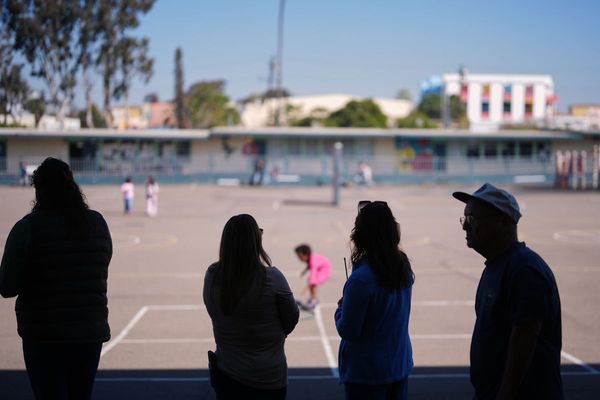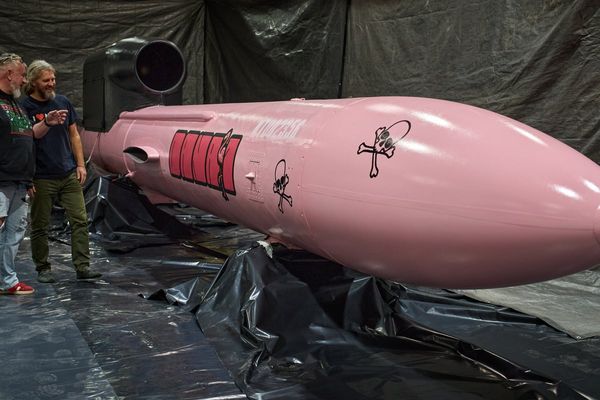A 16th century stone inscription with mantra inscribed on it was discovered by a team of scholars in Machalaghatta village in Nagamangala taluk of Mandya district.
It was present in the local Malleshwara temple which belongs to the Hoysala period and the scholars discovered the partially buried inscribed slab stone, according to C.A. Shashidhar, a senior research fellow at the Centre of Excellence for Studies in Classical language, and a member of the team.
Explaining the nature of the discovery Mr. Shashidhara said it is a “mantra tantra” stone inscription with the drawing of a deity at the top while the “vastumandalas” have been depicted at the bottom. It also has “Beeja Mantras” like ‘Om’, ‘Hreem’ etc., and it is noticed that the letters are in the 16th and 17th century “Kannada Modi script”. On the top of the stone there are drawings of the sun and moon, he added.
Underlining the importance of the discovery, N.S.Rangaraju, a senior archaeologist and former Chairman of the Department of History and Archaeology, University of Mysore said the letters on the mantra-tantra stone found in Machalaghatta village are unique.
“It is a mantra stone with Modi script. In the past, there was a practice of writing in Modi script besides the vernacular of the common people. But it is special since such script is not found in the usual mantra stones,” he added, calling for more research on the subject.
Mr. Shashidhara said in earlier times, this kind of mantra stone used to be planted and worshiped at the entrances of the village to ward off evil spirits. In the past, epidemic diseases like cholera, smallpox, and plague used to kill people. “Hence, the practice of placing this kind of mantra stone at the entrances of the village was prevalent,” he said.
The fear, apprehension, and belief in gods that existed in the minds of our forefathers can be understood through such special ancient remains. This mantra stone is worshiped by the local people with devotion even today and hence these kinds of ruins have remained intact, said N.M. Talwar, project director, CESCK.
“The script found on the stone is a 16th and 17th century Kannada script. As there is a trident around the squares, it is a mantra stone belonging to the Shaivite sect, according to Sangamesh Kalyani, an expert on the Modi script. He said “Urandakam” is written on this mantra stone in Tamil script which may be the name of the sculptor who carved it or the name of the priest, he said.







